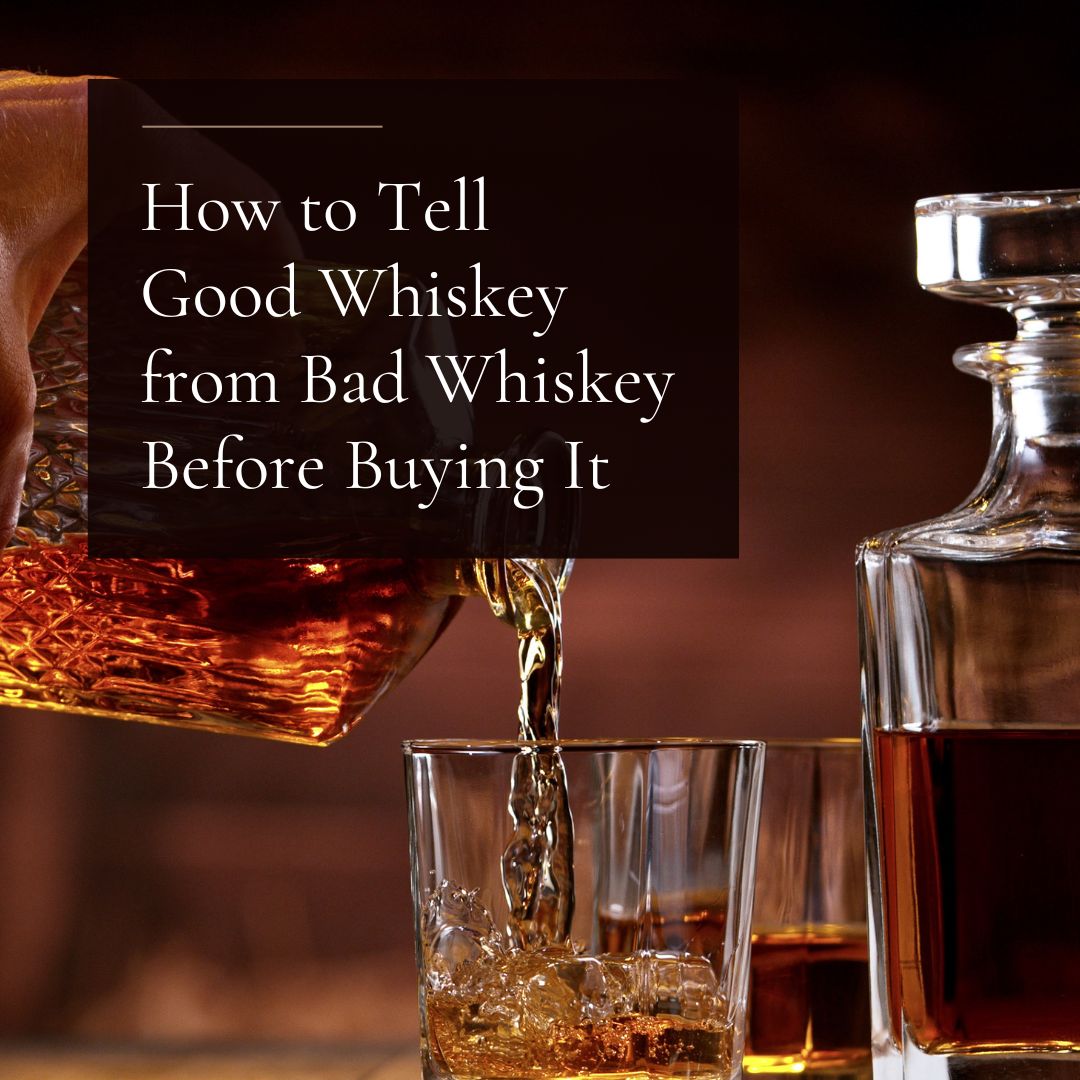Have you ever been swamped by the sheer number of whiskey options available at the store or on an online liquor store, unsure of which bottle to choose? Worry no more! In this guide, we'll differentiate between high-quality and subpar whiskey, ensuring you get the best bang for your buck.
Whether you're trying out whiskey for the first time or are a seasoned whiskey connoisseur, this comprehensive guide will empower you to make informed decisions and elevate your whiskey-drinking experience.
The Importance of Whiskey Selection: Why It Matters
Choosing the right whiskey isn't just about grabbing a random bottle from the shelf or ordering it online. It's a process you should conduct with meticulous care. Why? Just like selecting the right ingredients elevates a dish, choosing a high-quality whiskey can enhance your drinking experience.
A good whiskey can turn an ordinary drinking experience into a memorable one, exciting your palate with a symphony of exquisite flavors. Conversely, a bad whiskey can ruin your drinking experience, leaving you with an unpleasant aftertaste.
That's why it's important to understand the differences between good and bad whiskey to enjoy the exceptional depth and nuances a quality whiskey offers.
Label Wisdom: Deciphering Whiskey Bottle Information
While the defining feature of a whiskey is what's on the inside, you can't afford to ignore what's on the outside. Therefore, it's crucial to pay close attention to the label. Bearing that in mind, here are some key details you should look out for when examining whiskey bottle labels:
Factors to Consider When Selecting Whiskey
How can you tell apart a good whiskey from a bad one? Here's a breakdown of essential aspects to consider:
Age
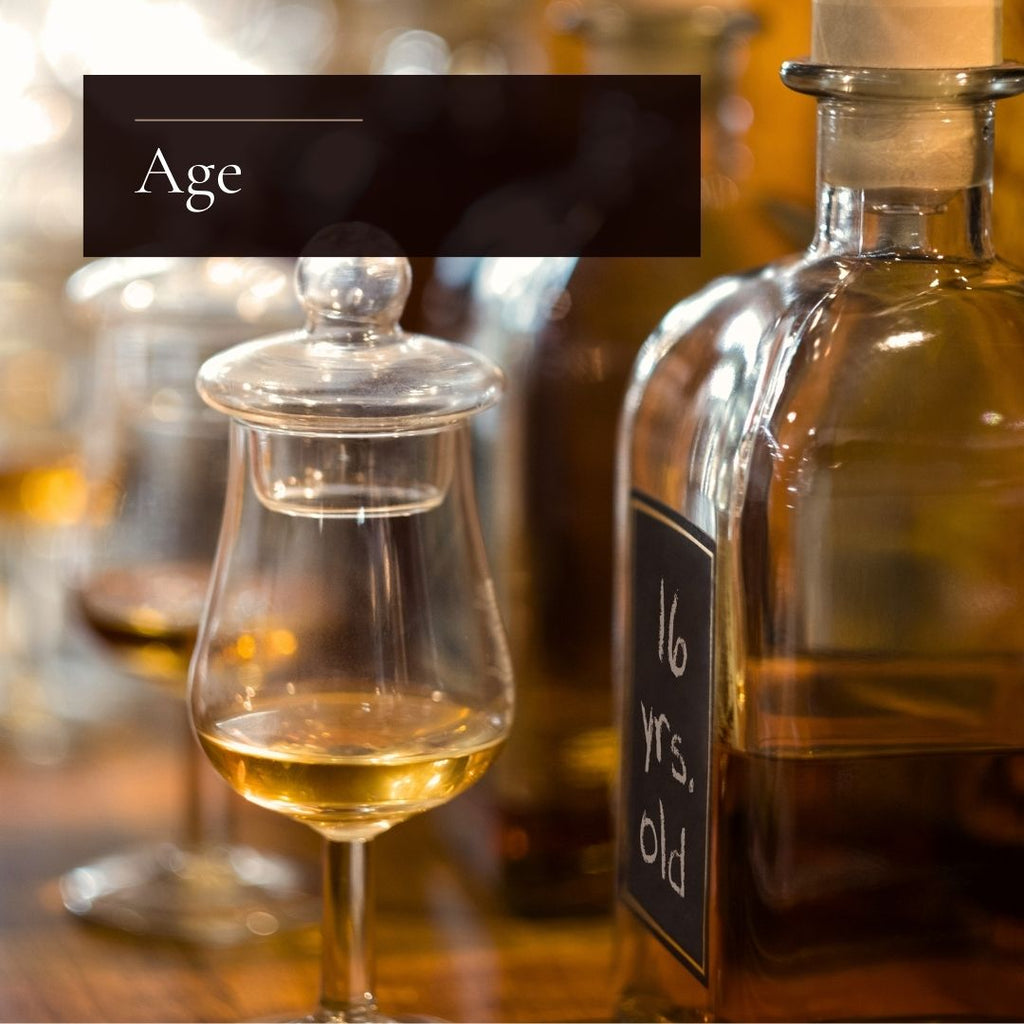
The age of a whiskey can significantly influence its flavor. As whiskey ages in the barrel, it absorbs flavors from the wood, gaining complexity over time. As a result, older whiskeys tend to boast greater complexity than younger expressions. Furthermore, they often command higher prices and are perceived as superior.
However, old isn't always the gold standard when it comes to whiskey. Over-aged whiskeys can sometimes take on too much oak influence, resulting in an intense flavor profile that may not be approachable for newcomers. So, if you're new to whiskey, you might want to indulge in younger expressions before trying out older ones.
Ingredients

The grain composition, often known as the mash bill, is pivotal in shaping the whiskey's character. Bourbon, for example, mostly contains corn in the mash bill, resulting in a sweet and mellow flavor profile. On the other hand, rye whiskey mostly contains rye in the mash bill, which gives it a spicy taste.
Thus, understanding the grain composition can help you select whiskeys aligned with your palate preferences.
Water Quality
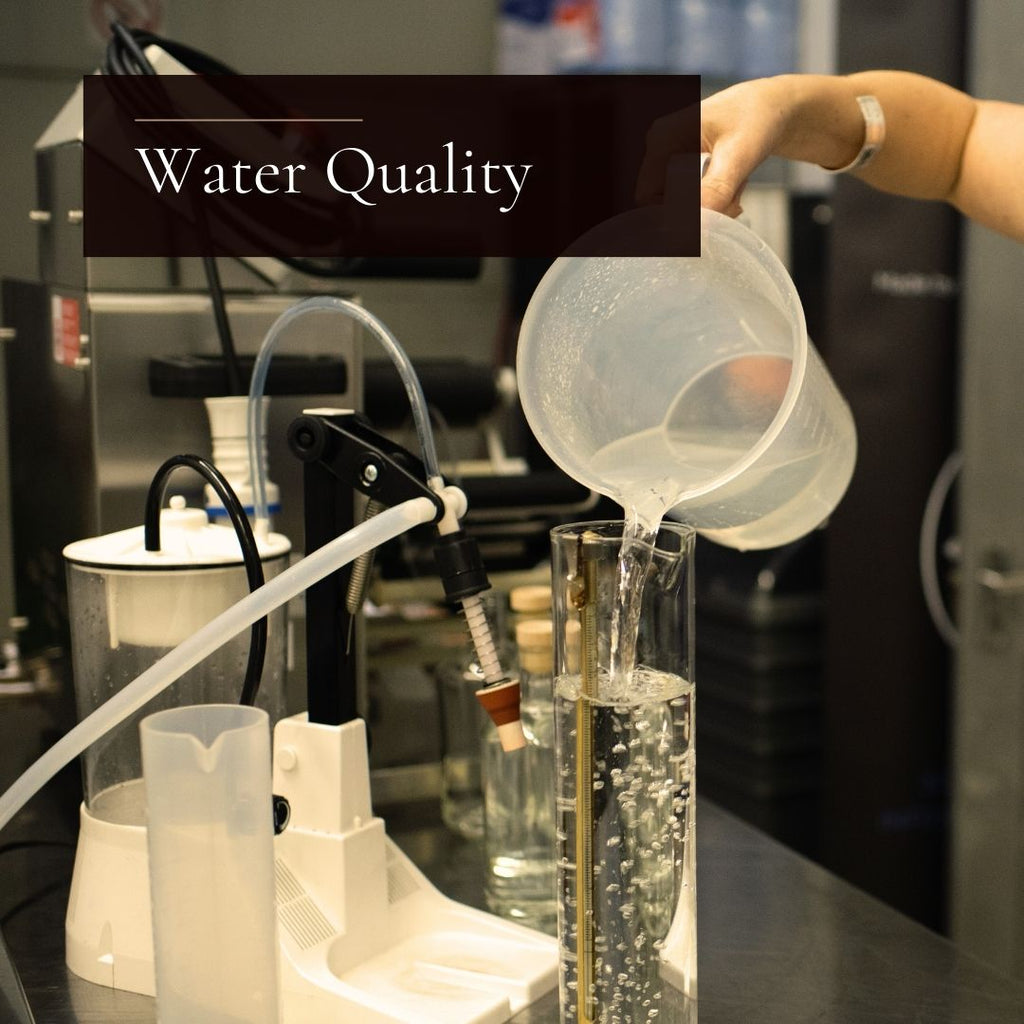
Water plays a crucial role in whiskey production, particularly the distillation process. Different regions have unique water qualities that subtly influence the taste and texture of the whiskey. For example, a distillery that uses water high in sodium may produce expressions with a briny flavor.
The Cask Type
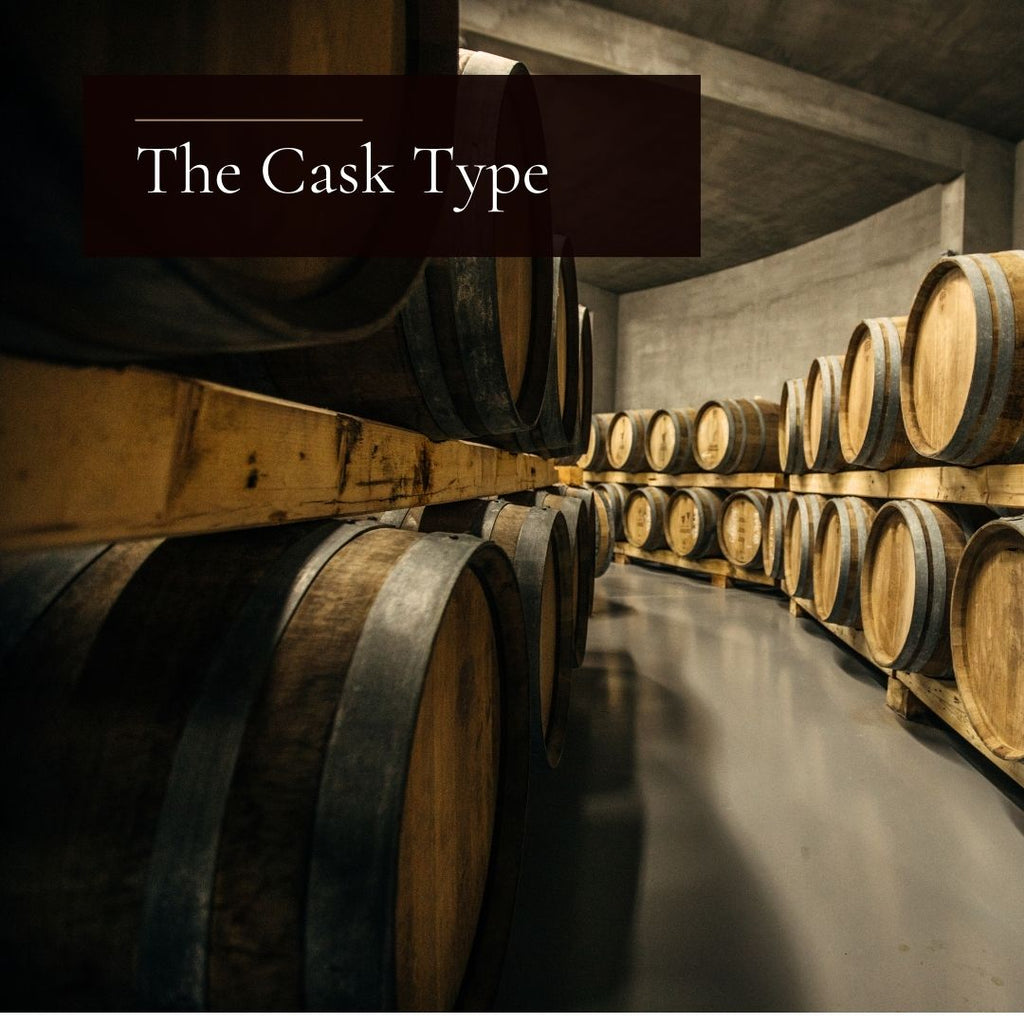
The type of cask used for maturation significantly impacts the whiskey's taste. Ex-bourbon casks impart vanilla, caramel, and oak notes, while sherry casks impart dried fruit and nutty flavors. Meanwhile, heavily charred casks, like those used for some Irish whiskeys, can add spicy and smoky notes.
Proof

Higher-proof whiskeys are often deemed superior to their lower-proof counterparts due to their greater intensity and complexity. However, proof isn't always a quality indicator. If you prefer milder spirits, you may prefer whiskeys bottled at lower proofs.
Color and Consistency
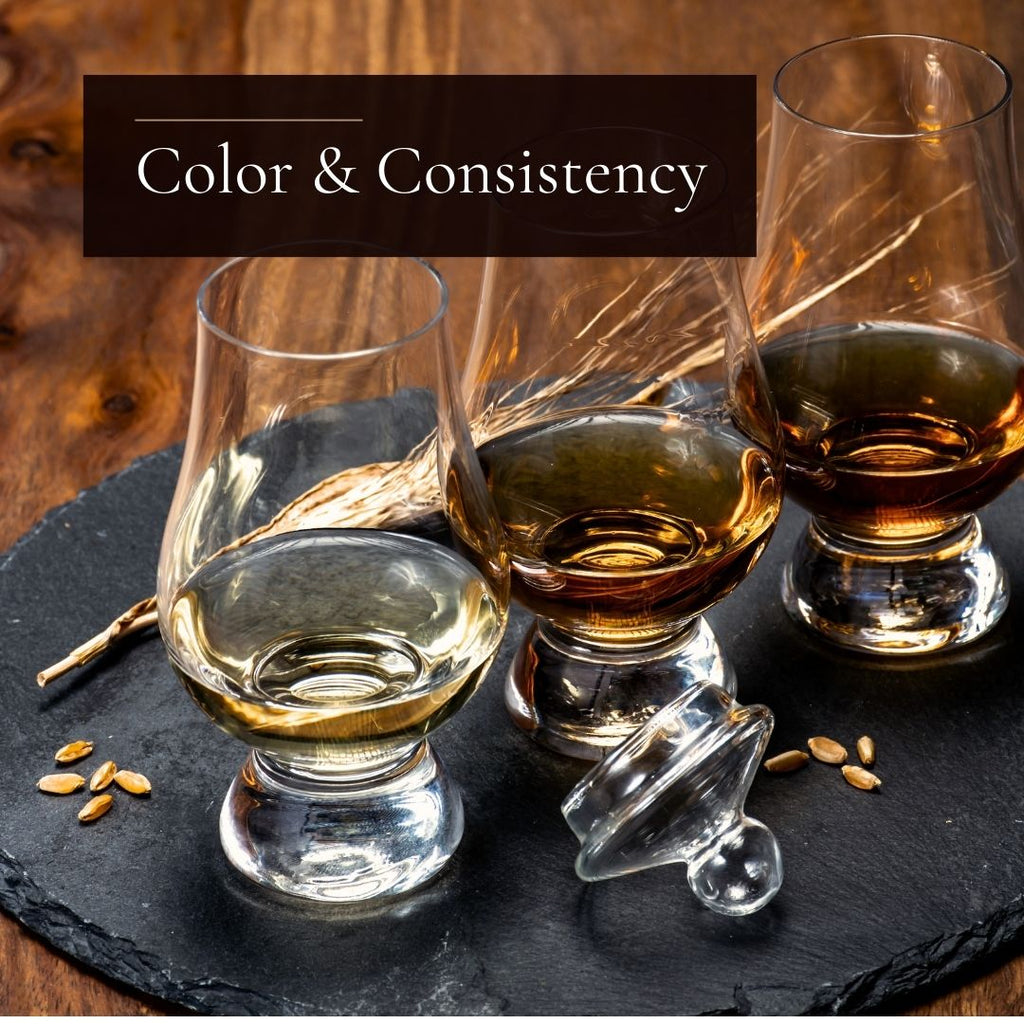
While color can be influenced by additives (especially in low-quality whiskeys), it often reflects the whiskey's age and the type of cask used. A darker hue suggests a longer aging process or the influence of sherry or wine casks. Conversely, a lighter hue typically indicates a shorter aging process or the influence of bourbon casks.
That said, don't focus entirely on a whiskey's hue to determine its quality. Consistency, observed by swirling the whiskey in a glass, can give clues about its quality. The whiskey's ''legs'' or the droplets inside the glass, after it's swirled, can indicate its quality. If the ''legs'' are viscous and move slowly down the glass, it often indicates the whiskey has a higher ABV.
Smell

The smell of whiskey can be a window into its soul. Before tasting, inhale deeply to identify the layers of aroma. Good-quality whiskeys often have a complex and pleasant aroma with notes of vanilla, fruits, spices, and even hints of smoke. Subpar whiskeys, on the other hand, often have an overpowering or harsh smell, indicating they're poorly balanced.
Texture and Finish

The texture of a whiskey refers to how it feels in the mouth. A good whiskey should have a balanced and smooth texture. It shouldn't feel too watery or syrupy. The finish refers to the aftertaste and how long it lingers. A good whiskey should have a long and pleasant finish, not one that is harsh or leaves an unpleasant aftertaste.
Distillery Reputation

While not a foolproof indicator, a distillery's reputation can offer some insight into the quality of its whiskey. Established, reputable distilleries often possess a rich history and expertise in crafting high-quality spirits. However, many newer, smaller distilleries are building a solid reputation for themselves with innovative techniques and exceptional products.
Flavor
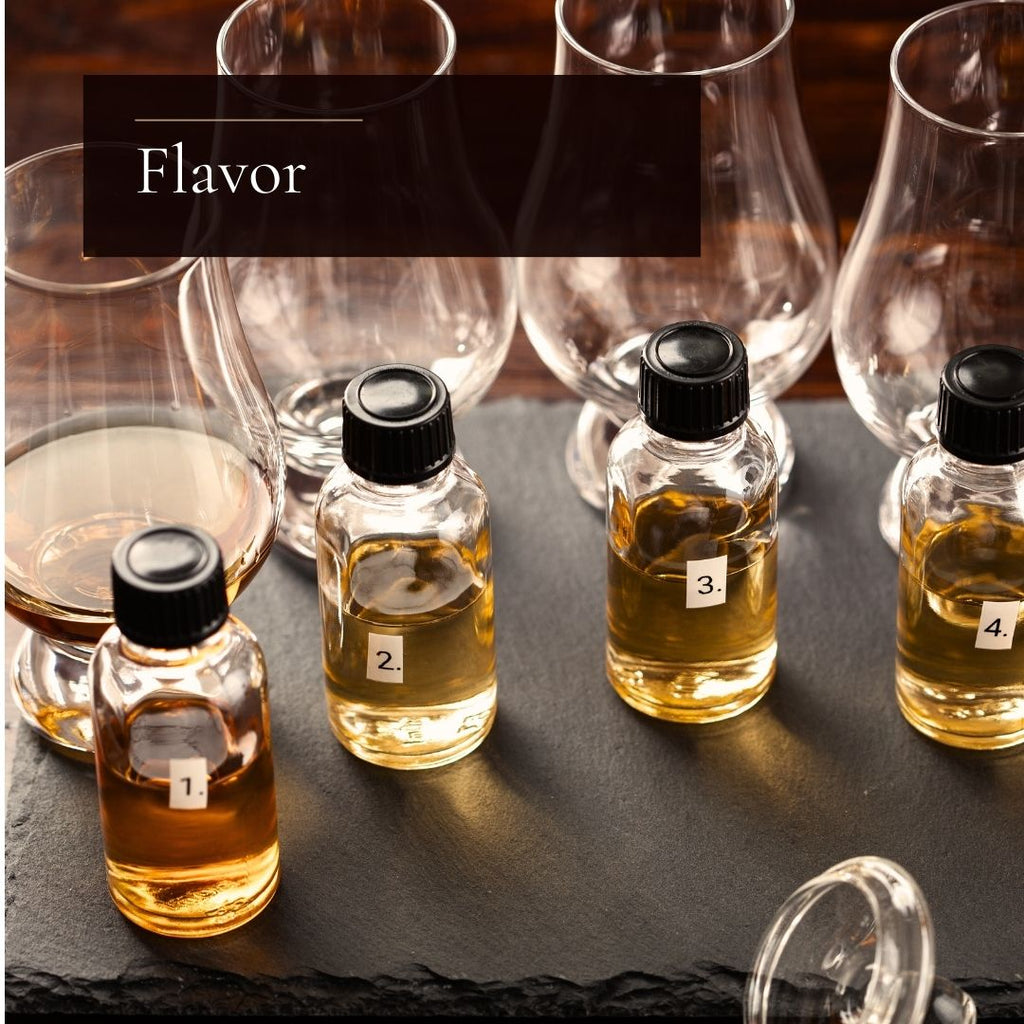
Ultimately, the essential factor when choosing a quality whiskey is its flavor profile. Experiment with different flavors to determine the one you enjoy most. Whether you enjoy the intensity of a heavily peated Scotch or the mellowness of a bourbon, there's a whiskey for every palate.
Expert Opinions and Reviews

Last but not least, check out reputable online reviews and opinions. They can provide invaluable insights into the whiskey's characteristics and how it compares to others. Whether from professional critics or fellow enthusiasts on forums, review sites, or social media, these perspectives can help refine your selection.
However, remember that taste is subjective. So, use these opinions as guidelines rather than as definitive decision-makers. Trust your own taste buds and preferences when making your final choice.
Conclusion
Choosing a good whiskey involves understanding several factors, including the whiskey's age, ingredients, proof, flavor profile, color, and more. While this blog post provides a comprehensive guide on differentiating good from bad whiskey, the best whiskey for you will come down to your preferences.
That said, don't hesitate to experiment with different whiskeys until you find one that excites your taste buds. Check out our shop for a wide collection of high-quality whiskeys from reputable brands.
FAQs
Is Pricier Whiskey Always Better?
While price can sometimes indicate quality, it isn't always a foolproof measure. You can find exceptional whiskeys at various prices, even under $50. So, focus on understanding the factors mentioned above, like ingredients, age, and distillery reputation, when distinguishing between quality and subpar whiskey.
Should I Always Drink Whiskey Neat?
Many whiskey purists argue that the best way to enjoy whiskey is neat. However, there's no right or wrong way to enjoy whiskey. Whether you want to enjoy it unadulterated, with a splash of water, on the rocks, or with a mixer, the best way to enjoy whiskey comes down to preference.
How Should I Store Whiskey?
Store your whiskey in a cool, dark place away from the sun's rays. Heat and light can degrade the quality of your whiskey and negatively impact the flavor. Also, it's best to store whiskey bottles upright to minimize the contact between the cork and the whiskey, as contact can degrade the cork and affect the whiskey's flavor.
How Long Does Whiskey Last Once Opened?
Once opened, whiskey can last for several years if stored properly. However, it may gradually lose some nuance and complexity over time. If you notice a significant taste in hue, taste, or aroma, it might be time to dispose of the bottle.
What Are Some Common Myths About Whiskey Quality?
Several myths cloud the judgment of whiskey enthusiasts when choosing whiskey. One such myth is that a higher price tag always equates to better quality, which isn't always true. Another common is that whiskey's hue, dark or light, indicates its quality and age, overlooking that color can be influenced by the type of cask and added additives.
Finally, the notion that single malts are superior to blends disregards the craftsmanship in creating complex and balanced blended whiskeys. Both single malt and blended whiskeys can be exceptional, each offering unique flavor profiles.

